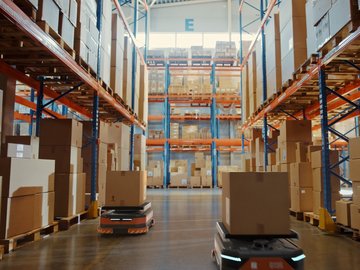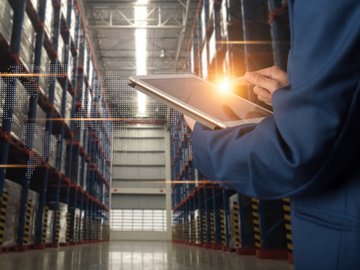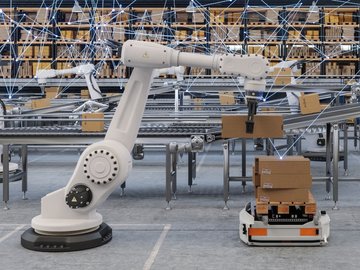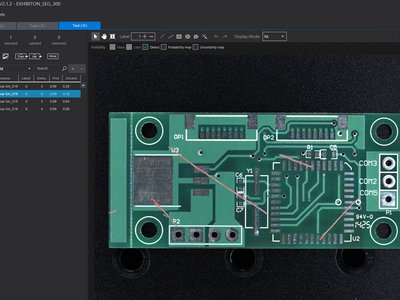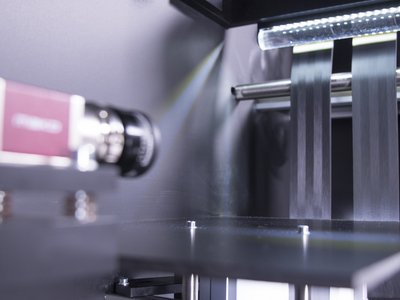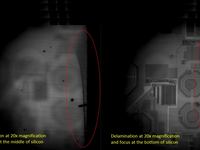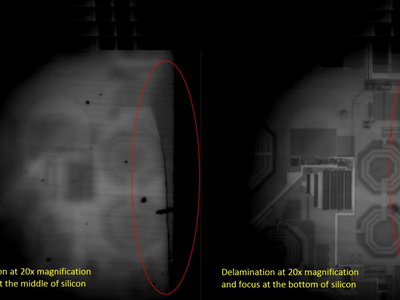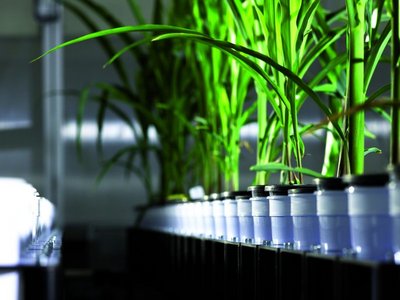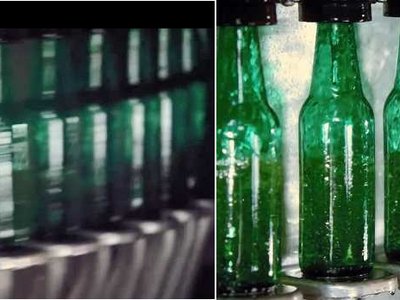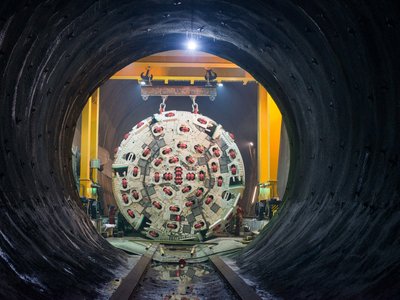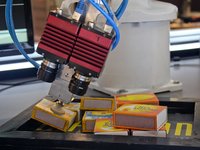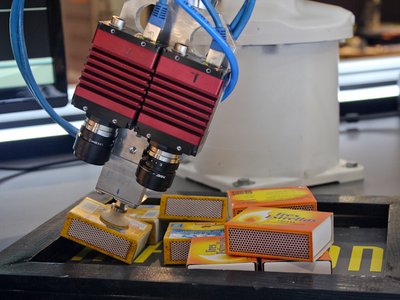Logistics & Robotics
Automation is increasingly becoming an accepted part of Logistics. The quantity of goods shipped is growing steadily. As a result, manual operations often lead to human error, or are at a scale beyond which humans can cope. Also the IOT and 5G telecommunication standards and transportation technologies have led to further growth of the supply chain. The supply chain, also known as the logistics network, consists of suppliers, manufacturing centers, warehouses, distribution centers and retail outlets, as well as raw materials.
Warehouses and distribution centers are the workhorses of every global supply chain. Technology is making many warehouse processes more efficient by augmenting the work of humans or, in some cases, by automating tedious manual tasks. This frees up associates to focus on more complex tasks.
Warehouse automation takes many forms. These include machines and robots that aid workers with inventory-related processes from the point the inventory arrives at the warehouse until it leaves. Leveraging warehouse automation solutions can help warehouses increase productivity and accuracy, reduce labor costs and improve safety.
Typical applications
Finding the right camera for your application
For more than 30 years, Allied Vision has been helping people to reach their imaging goals. By focusing on what counts for each customer, Allied Vision finds solutions for every application, a practice which has made Allied Vision one of the leading camera manufacturers worldwide in the machine vision market.
Our engineers design digital cameras with a large scope of resolutions, frame rates, bandwidths, interfaces, spectral sensitivities, sensor technologies, and technical platforms.
